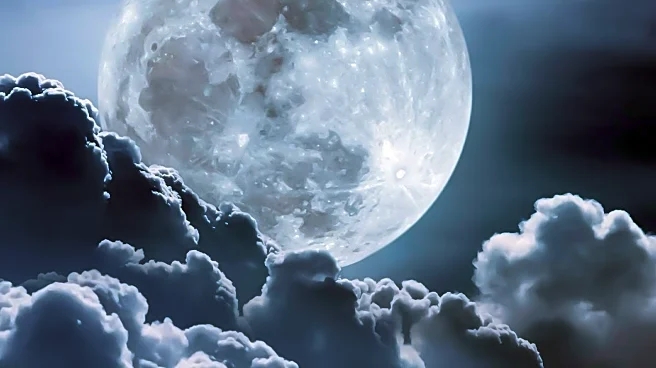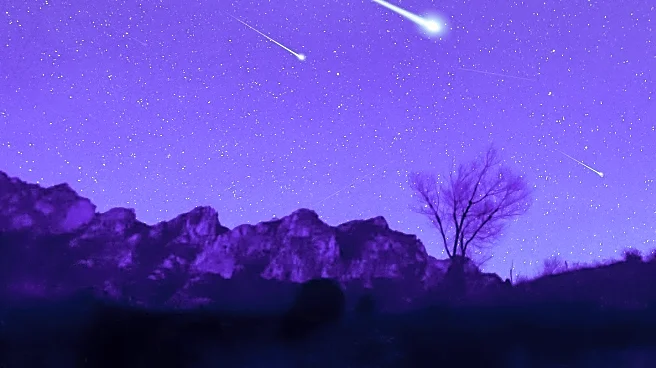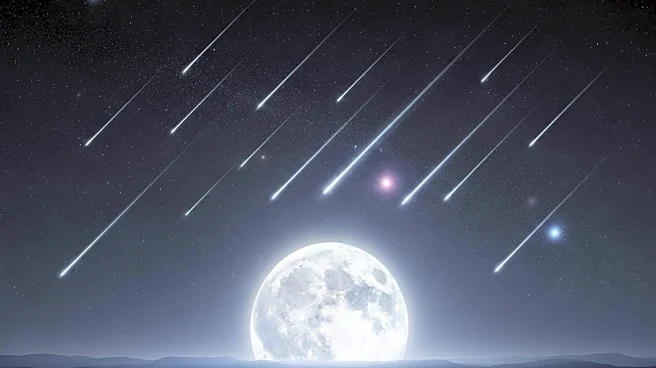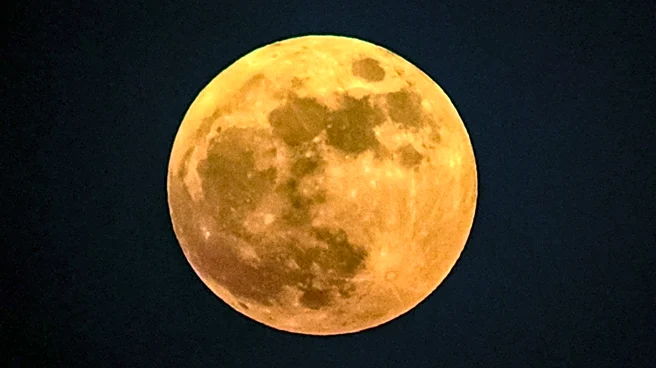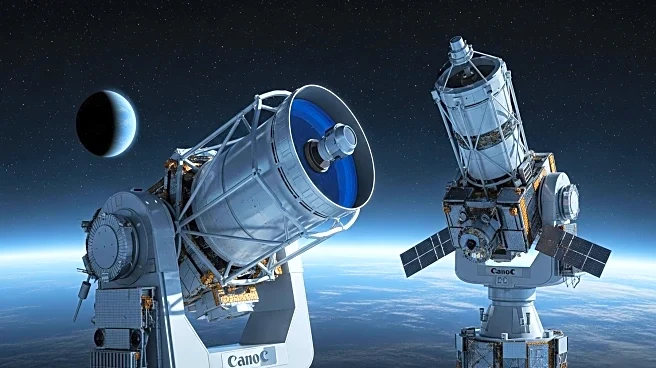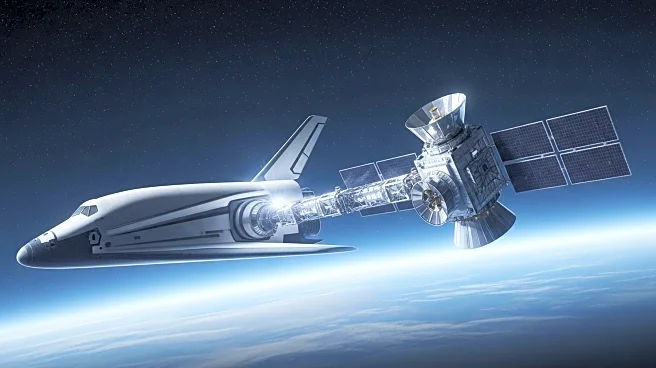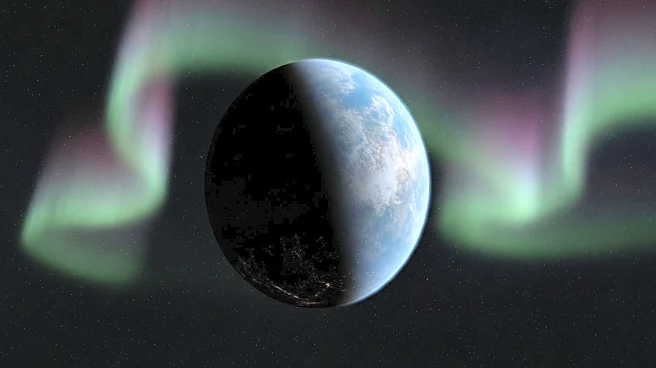What's Happening?
A supermoon is set to appear on October 6, marking the first of four consecutive supermoons. According to NASA, a supermoon occurs when the moon is within 90% of perigee, its closest point to Earth, making it appear larger and brighter. This supermoon will rise around sunset and reach peak illumination at 11:47 p.m. ET, visible without magnification. October's full moon is also known as the harvest moon, a title shared with September depending on proximity to the autumn equinox. The moon will remain mostly full from October 4 to October 9, providing multiple viewing opportunities.
Why It's Important?
The supermoon offers a unique astronomical event that can engage the public and promote interest in space science. Its visibility without telescopes makes it accessible to a wide audience, encouraging outdoor activities and community events centered around moon watching. The event can also inspire educational programs and discussions about lunar cycles and their cultural significance. For photographers and artists, the supermoon presents an opportunity to capture striking images, potentially influencing creative projects and media coverage.
What's Next?
As the supermoon approaches, weather conditions will play a crucial role in visibility, with cloud cover potentially obstructing views. Communities and organizations may plan events or educational sessions to maximize public engagement. The consecutive supermoons could sustain interest in lunar phenomena, leading to increased participation in astronomy-related activities. Observations and data collected during these events may contribute to scientific research and public understanding of lunar dynamics.

